History of Eyewear ?
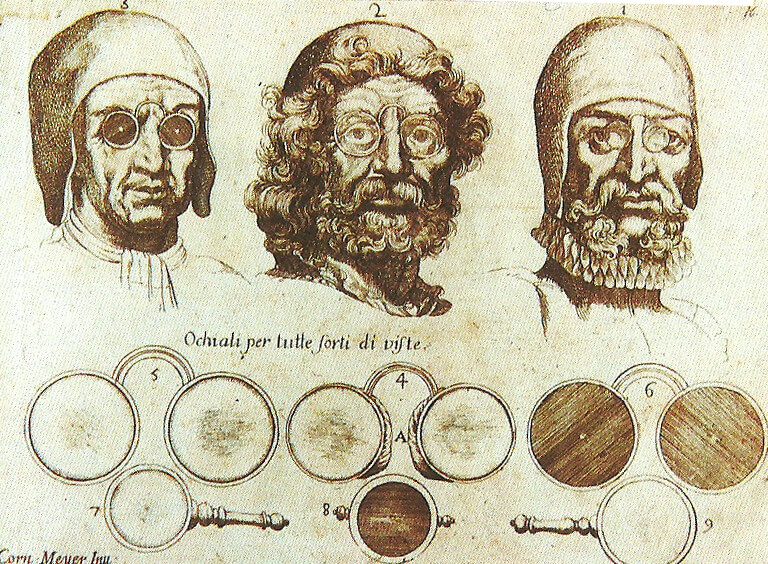
What started as an object to fill very important health function has evolved to the object of fashion. Since glasses were put onto a face from their inception lots of consideration was given to their look, lightweight and comfort.
In 1907 Professor Berthold Laufer, a German-American anthropologist, stated in his history of glasses that “the opinion that spectacles originated in India is of the greatest probability and that spectacles must have been known in India earlier than in Europe”. However, Joseph Needham showed that the mention of glasses in the manuscript Laufer used to justify the prior invention of them in Asia did not exist in older versions of that manuscript, and the reference to them in later versions was added during the Ming dynasty
Although there have been claims that Salvino degli Armati of Florence invented eyeglasses, these claims have been exposed as hoaxes. Furthermore, there have been claims that Marco Polo encountered eyeglasses during his travels in China in the 13th century
The inventor of eyewear is Unknown. The earliest written record of magnification dates back to the 1st century AD, when Seneca the Younger, a tutor of Emperor Nero of Rome, wrote: “Letters, however small and indistinct, are seen enlarged and more clearly through a globe or glass filled with water”
Nero (reigned 54–68 AD) is also said to have watched the gladiatorial games using an emerald as a corrective lens.The earliest eyeglasses were worn by monks and scholars.
Before 1300 magnifying glass was already widely used and it was made out of crystal. Traditional glasses lenses made out of glass, but because first models were made out of beryl or rock they were known as beryls. Term “brillen” is still used in German to refer to glasses.
First surviving picture of glasses circa 1352 is currently displayed in the church of San Niccolo at Treviso.
It didn’t take long before spectacles reached mass use and by early fifteenth century were associated with literacy. This “image” item is common on painitings, frescas and engravings often depicting monks, cardinals and bible preachers of 1400-1900 era.
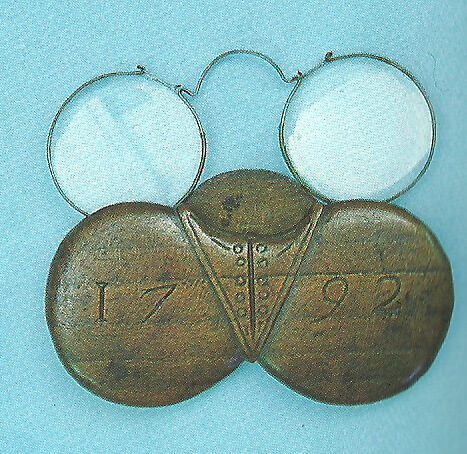
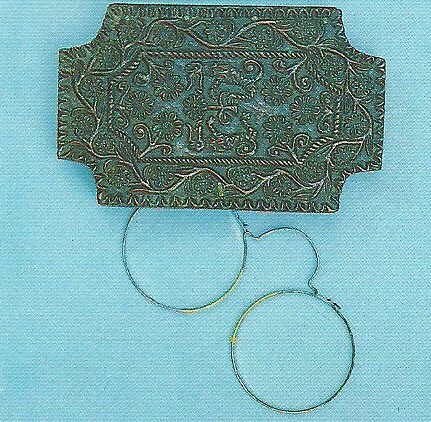
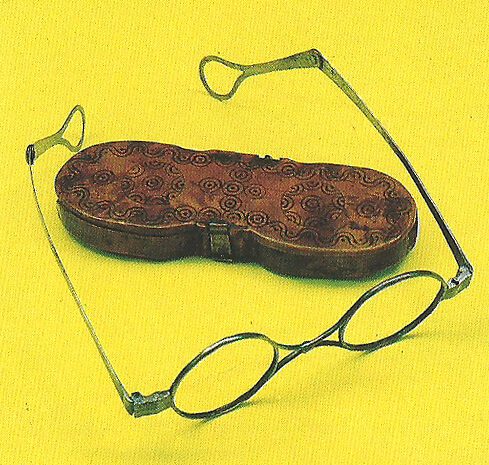
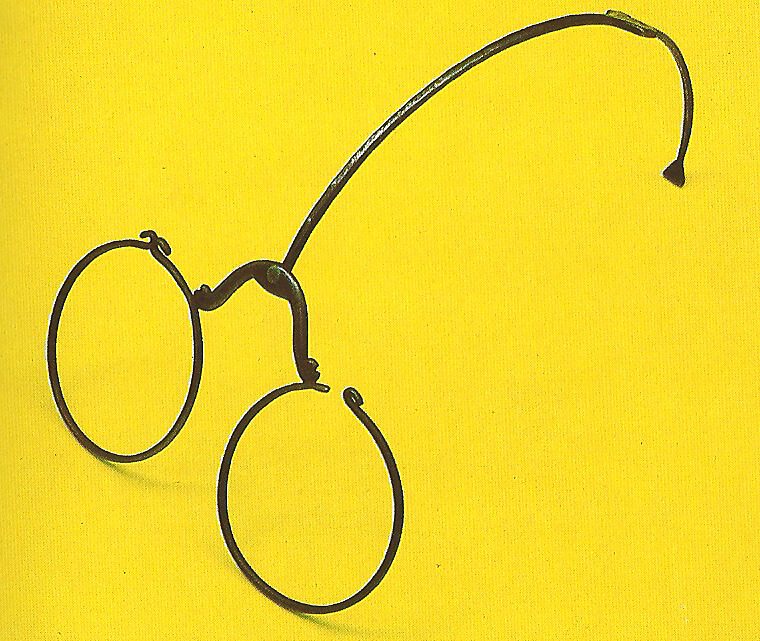
The earliest spectacles were made with two lenses mounted in rims made out of metal, horn or leather. They were held by hand and worn only when needed. Later a bridge appeared that connected the lenses and pressed them onto the nose. As technology of lens production improved, so the desire to wear them continuously. Spectacles were prone to fall of the face or hurt the nose. This problem was solved by the arm that was added to the design of glasses at around 1723.The first eyeglass frame temples were made by Spanish craftsmen in 1600’s. They affixed ribbons of silk or strings to the frame and loop them over the user’s ears. The new types of eyeglasses carried out to China by Spanish and Italian missionaries. Instead of making loops, the Chinese attached small metal weights to the strings. In 1730 Optician Edward Scarlett designed rigid temples that rest atop the wearer’s ears.
In the 17th century people knew the principle of the concave and convex lenses. Eyeglasses can be produced with single lenses that correct for distance vision or up close, or they can be manufactured with multifocal lenses, which correct both distance and reading. Concave glass is used to correct nearsightedness, so that the rays of light are diverged. Convex lenses are used to aid the correction of farsightedness, so that the light rays are converged. Cylindrical lenses used to correct astigmatism were invented by Sir George Airy in 1825. Bifocal lenses can be used to treat with nearsightedness and presbyopia (with a lower part for viewing objects near at hand (as in reading)). They were the first devised by Benjamin Franklin in 1784.
Eighteenth century was also an era of widely developing fashion. Glasses were considered an important part of accessory and therefore many designs spurred. Handles were decorated with precious stones, various shapes were made and materials used for the frame. A lot of attention was given to the cases to hold glasses. Cases were engraved, incrustated, often made out or gold, silver and decorated with mother or pearl, colored stones and even diamonds
Of course simplier materials were also widely used. Among them wood – the easiest to finish, industrialized steel, aluminium, and later optyl. Optyl is a light flexible plastic invented in Austria in 1967. Christian Dior was first to use this material in his collection of fashion eyeglasses and sunglasses. Other forms of plastic were used in combination with metal on glasses frames.
Today metal glasses and plastic glasses fragment the market. Silicone nosepads are part of all metal frames today. Glasses frames are further segmeted into full rim, semi-rimless and rimless that is possible to a very advanced technology of lens manufacturing and etching.
Glass, plastic or polycarbonate are lens materials for glasses. Glass was the original material for spectacles because it has great optical clarity, but the glass lenses can be very heavy in stronger prescriptions. Plastic lenses are much lighter than glass but they are prone to easily being scratched. The lightest and thinnest lens material for glasses is polycarbonate, also called CR-39.
It is believed that approximately 64 percent of the adult population in America wear glasses while 20.5 million age 60 and over have cataracts.
Do Checkout our range of eyeglasses, Sunglasses and Reading Glasses.
Refrences:
- Wikipedia
- Eyeinform
- glasseshistory
